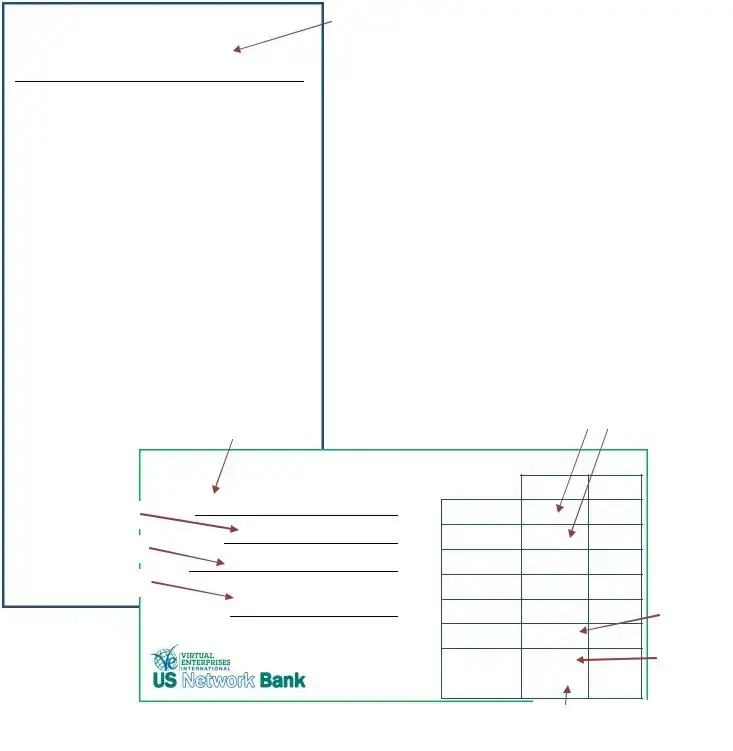The Payroll Check form is a document used by employers to issue payments to employees for their work. It details the amount earned, deductions, and net pay. This form ensures that employees receive their wages accurately and on time.
Typically, the Payroll Check form needs to be completed by employers or payroll administrators. Employees do not fill it out themselves, but they should ensure that their payment information is accurate and up-to-date in the company’s payroll system.
The Payroll Check form generally requires the following information:
-
Employee’s name
-
Employee’s identification number
-
Pay period dates
-
Gross pay amount
-
Deductions (taxes, benefits, etc.)
-
Net pay amount
-
Employer’s signature
The Payroll Check form should be completed for each pay period. Depending on the company's payroll schedule, this could be weekly, bi-weekly, or monthly. Timely completion is crucial to ensure that employees are paid promptly.
If an error occurs, it is important to address it immediately. Employees should notify their payroll department as soon as they notice a mistake. Corrections may involve issuing a new check or adjusting the next payroll cycle to rectify the error.
Yes, many companies now accept electronic submissions of the Payroll Check form. However, this depends on the company's policies and the payroll software being used. Always check with your payroll department for specific guidelines.
What should I do if I don’t receive my paycheck?
If a paycheck is not received, employees should take the following steps:
-
Check with your bank to ensure there are no issues with the deposit.
-
Review your payroll records to confirm the payment was processed.
-
Contact your payroll department to report the missing paycheck.
No, the Payroll Check form is not the same as a pay stub. The Payroll Check form is used to issue payment, while a pay stub provides a detailed breakdown of earnings and deductions for a specific pay period. Employees should receive a pay stub along with their paycheck.
It is advisable to keep Payroll Check forms and related documents for at least three years. This period allows for adequate record-keeping in case of audits or discrepancies. Always follow your company’s specific retention policy as well.
If you have questions, reach out to your payroll department or HR representative. They can provide clarification on any aspects of the Payroll Check form, including deductions, payment schedules, and more. Don’t hesitate to ask for help.


